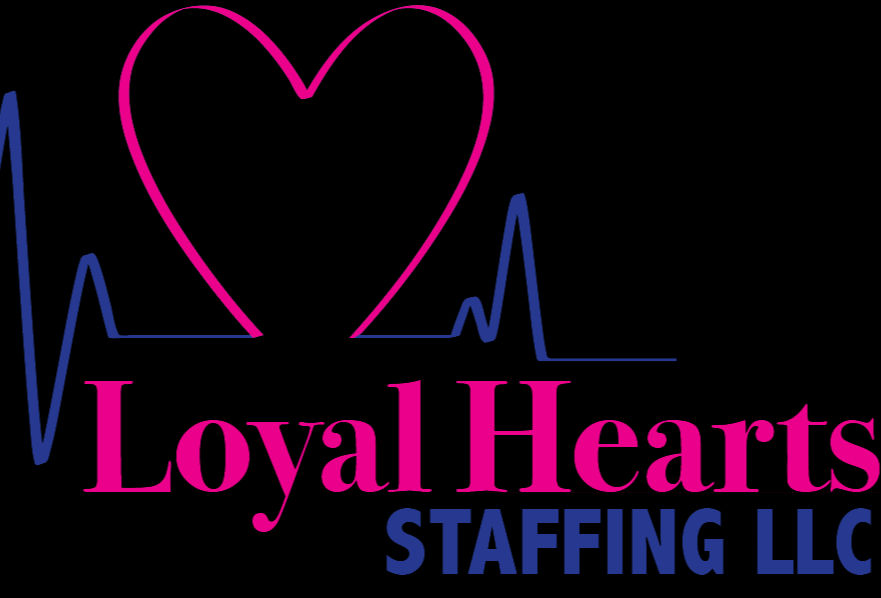10 tips to relieve menstrual pain and discomfort
- April Swanson

- Mar 21, 2023
- 1 min read
1. See your gynecologist.
Your gynecologist can help you regulate your cycles by prescribing contraceptives and/or prescribing specific painkillers for your discomfort.
2. Rule out pathologies that may be the cause of your discomfort.
Polycystic ovaries, fibroids, endometriosis, or any other pathology that causes many menstrual discomforts in order to prevent serious health problems.
3. Healthy living.
Practice sports. It reduces pain and cramps associated with menstruation. Gentle exercises such as swimming, walking, cycling, or breathing, pilates, yoga … can also help you. Physical exercise releases endorphins, hormones that make us feel better by acting as natural painkillers.
4. Avoid smoking and other toxic habits.
Tobacco consumption worsens dysmenorrhea, so it is advisable to avoid this habit.
5. Evitar estimulantes como la cafeína o la teína.
La cafeína puede empeorar el dolor, debido a que aumenta los niveles de catecolaminas.
6. Eat healthy and avoid sugar and processed foods.
Healthy eating is essential. Avoid carbonated beverages, reduce salt. The ideal is a diet low in saturated fats, consume more fruits, vegetables, fiber and add calcium to your diet.
7. Try to maintain a sleep routine.
It is important to get adequate rest; sleeping less than the recommended number of hours can increase the likelihood of discomfort.
8. Stay hydrated.
Adequate hydration is important to decrease the symptoms of dysmenorrhea.
9. Apply local heat to relieve inflammation.
It helps soothe menstrual discomfort by relaxing the muscles of the uterus.








Comments